10 Animals That Migrate
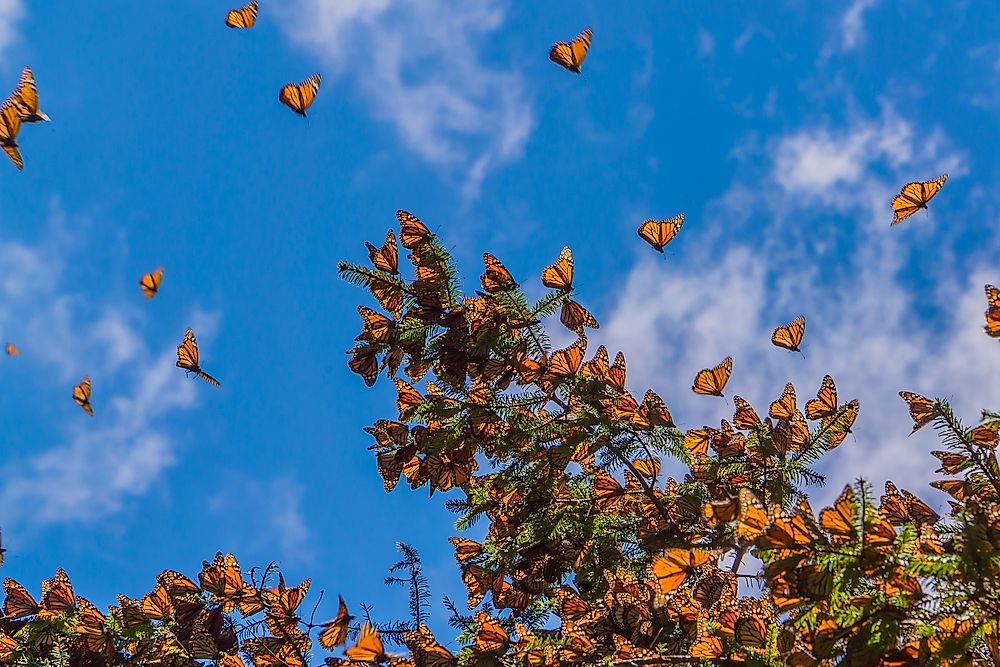
Animals migrate in search of food and water, mates, new territories, and to escape harsh weather conditions or poaching. Some animals migrate over short distances while others cover longer distances of up to 40,000 miles. Both land and aquatic animals migrate. The Arctic tern covers a migrating cycle of over 40,000 miles and is thought to have the longest migration cycle of all animals. The following are some of the animals that migrate.
10. Monarch butterfly
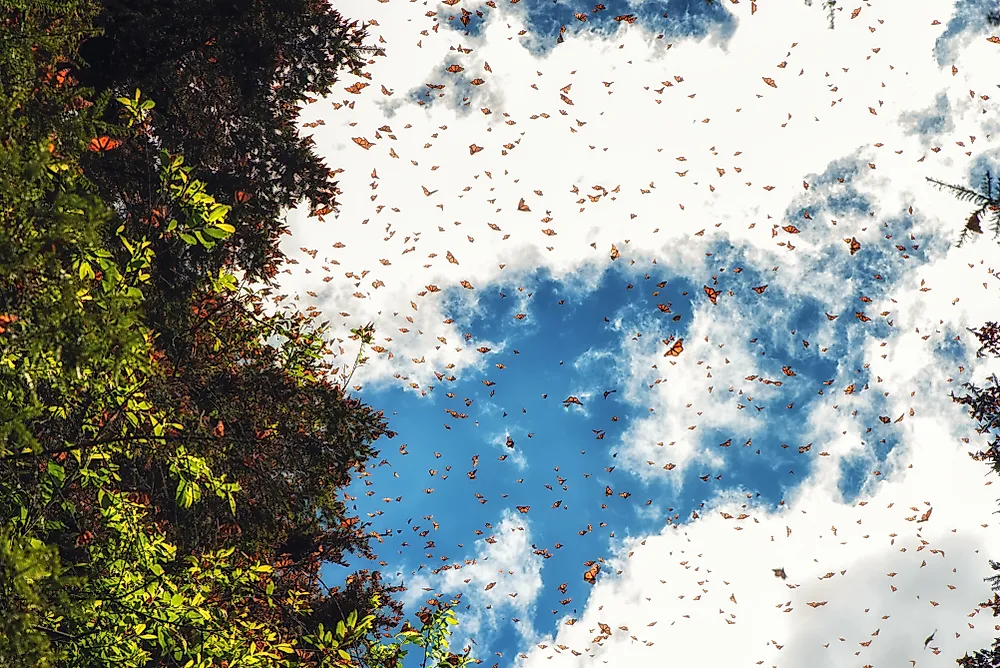
Millions of monarch butterflies begin their 3,000-mile journey in the fall from northeastern United States and Canada to the overwintering grounds of southwestern Mexico. Unlike wildebeests and birds, the monarch butterflies do not complete an entire cycle because their lifespan is much shorter than the duration it takes to complete a cycle. It takes four generations of a monarch butterfly to complete a migration cycle. Once in Mexico, these butterflies huddle together on the branches of sacred fir trees. The trees provide canopies that protect the butterflies from extreme weather conditions.
9. Blue whale
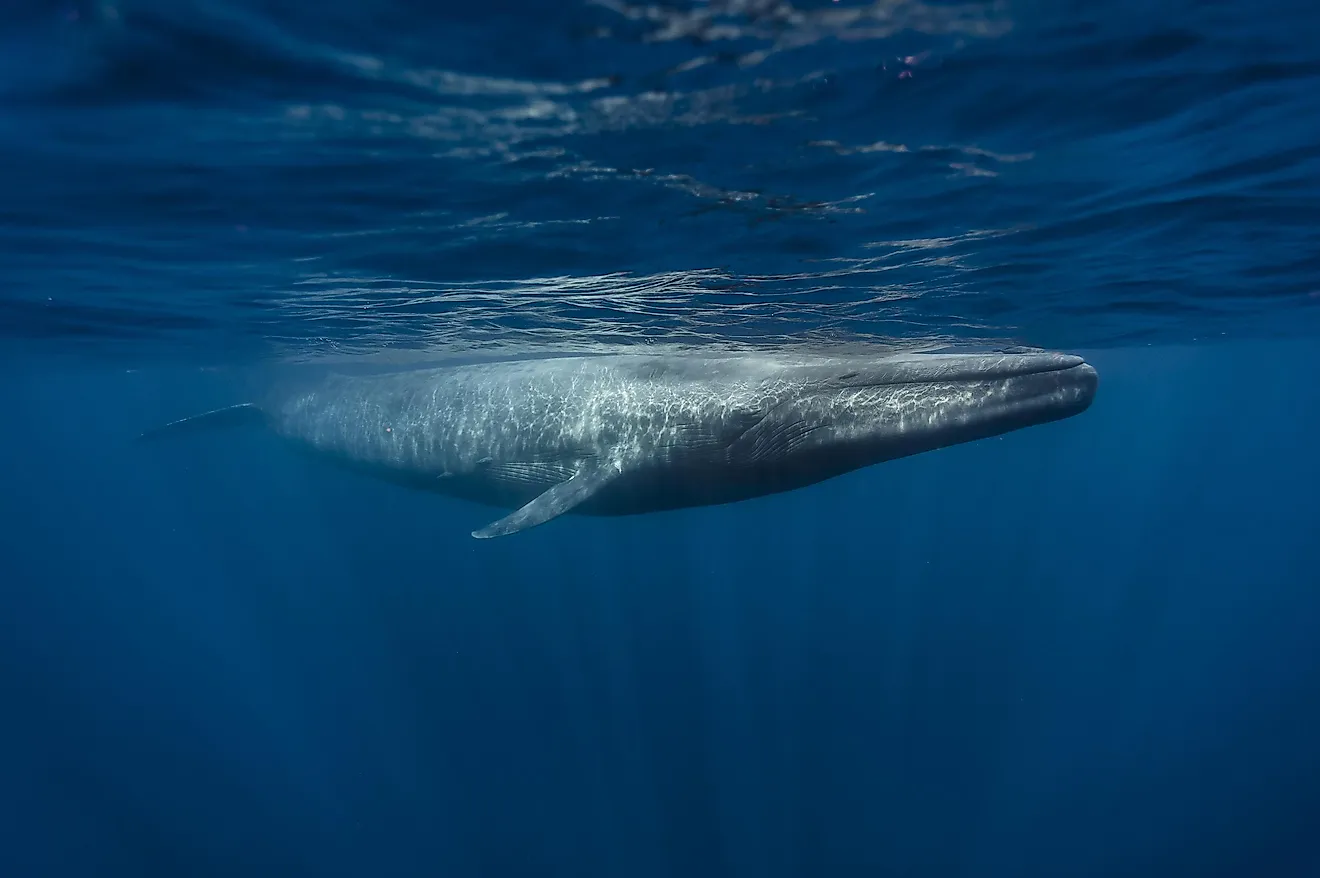
The blue whale is the largest living animal in the world. Although there are about 20,000 to 40,000 left in the oceans, they are regarded as the most threatened of the great whales. The blue whales inhabit all of the deep oceans except for the Arctic. During winter, the whales migrate to the equator to escape the extreme weather conditions in the poles but migrate to the poles during summer to feed on zooplankton. The migration path of the blue whale remains a mystery to researchers because of the unclear pattern. These mammals also migrate in search of breeding waters.
8. Sandhill crane
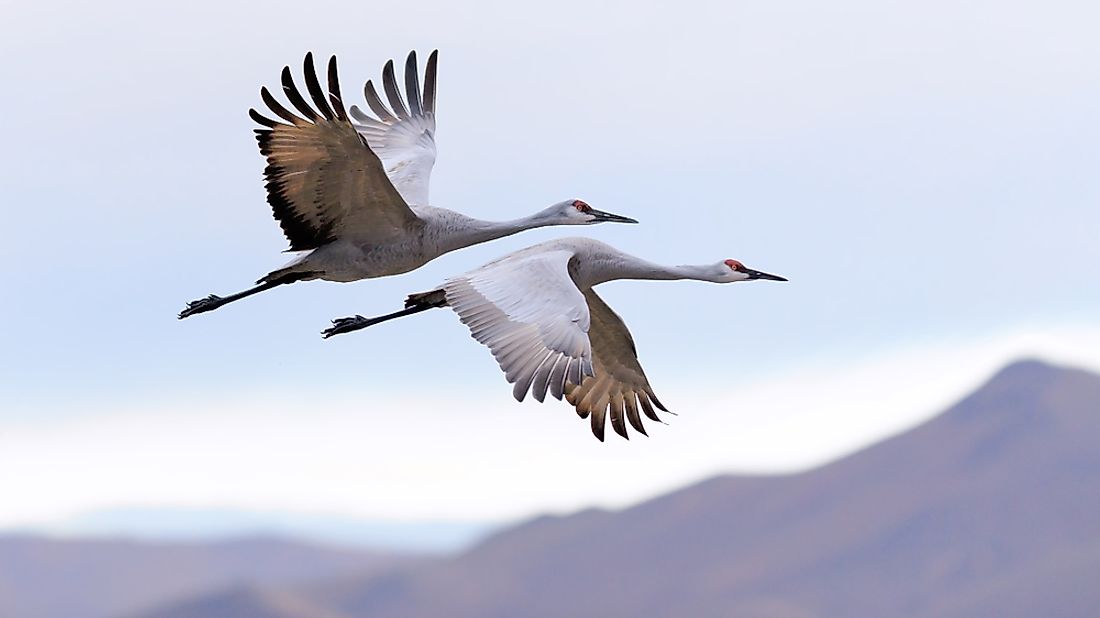
Each spring, millions of Sandhill cranes converge in Platte River Valley in Nebraska. The population of the birds that converge here make up about 80% of the global population of Sandhill cranes. Most of the birds arrive from Mexico, New Mexico, Texas, and California. The migrating birds are accompanied by geese and ducks from the adjacent water basins. The valley acts as a resting and refueling ground between late February and early April as the birds prepare to embark on a treacherous journey to the breeding grounds in Siberia, Alaska, and northern Canada
7. Humpback whale
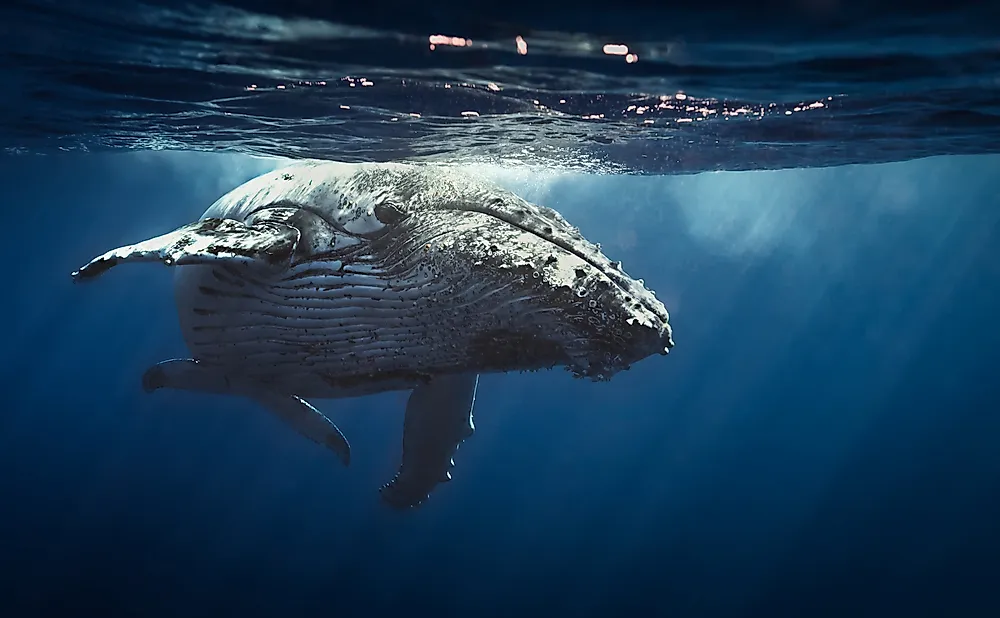
Humpback whales are among the largest baleen whales. They traverse the earth's oceans from the North Pole to the South Pole. During winter, these mammals migrate to warmer tropical waters to breed and give birth, but during summer, they migrate to cooler polar water to feed. Because of the reversal in seasons in either side of the equator, the southern and northern hemisphere population whales do not converge at a specific point. The entire migration cycle covers about 4,000 miles.
6. Wildebeest
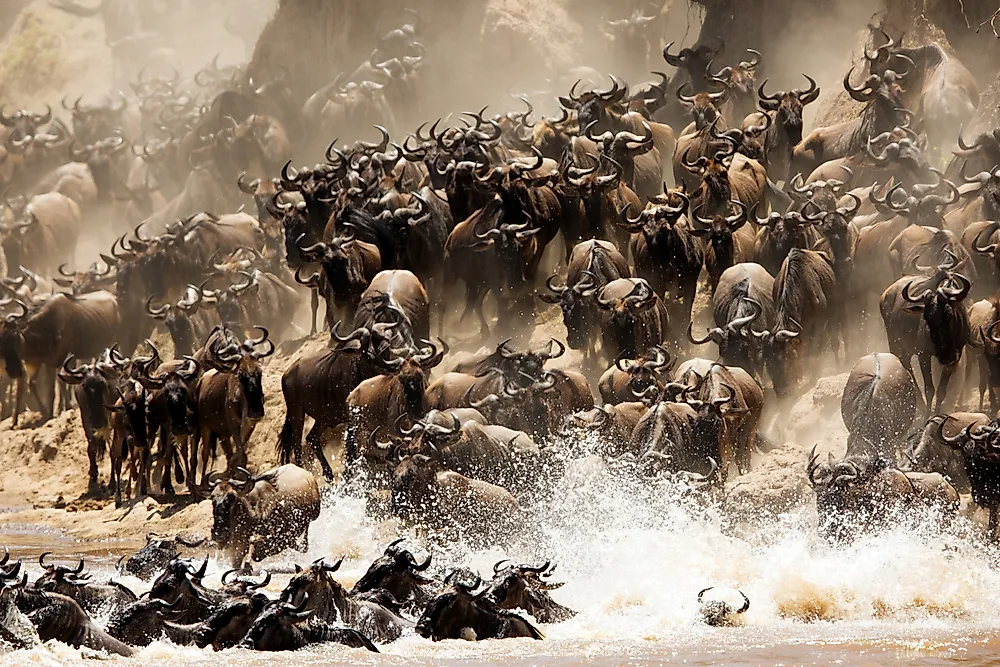
The wildebeest migration is rated as the world's most spectacular natural event. It is unofficially considered the eighth natural wonder of the world. Every year millions of wildebeests, antelope, and zebra migrate between the Serengeti in Tanzania and the Maasai Mara reserve in Kenya. Although the animals primarily migrate to feed, they court, mate, and give birth on the way. Between January and July, the wildebeests graze in the grasslands of the Serengeti. In late July, the animals begin crossing the crocodile-infested Mara River into the Maasai Mara in Kenya where they feed until late November when they start their journey back to the Serengeti.
5. Gray Whale
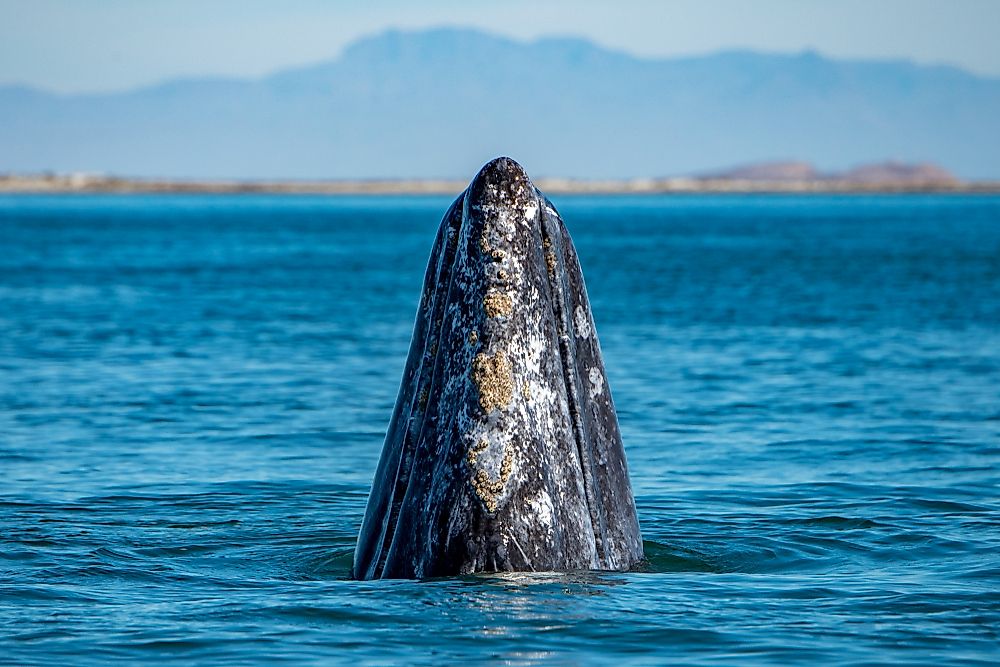
Gray whales travel about 14,000 miles annually. The whales have one of the longest migrating cycles among mammals. Around the month of October, the gray whales in the Alaskan waters start the migration from the feeding ground to the Gulf of California and Baja peninsula. As winter sets in Alaska, most of the ocean animals migrate southwards to the warmer oceans prompting the grey whales to follow. The pregnant females are always the first to arrive, as it is important to find protection for their newborns. Sharks and killer whales trail the gray whales with the aim of predating on the newborn calves.
4. Hummingbird
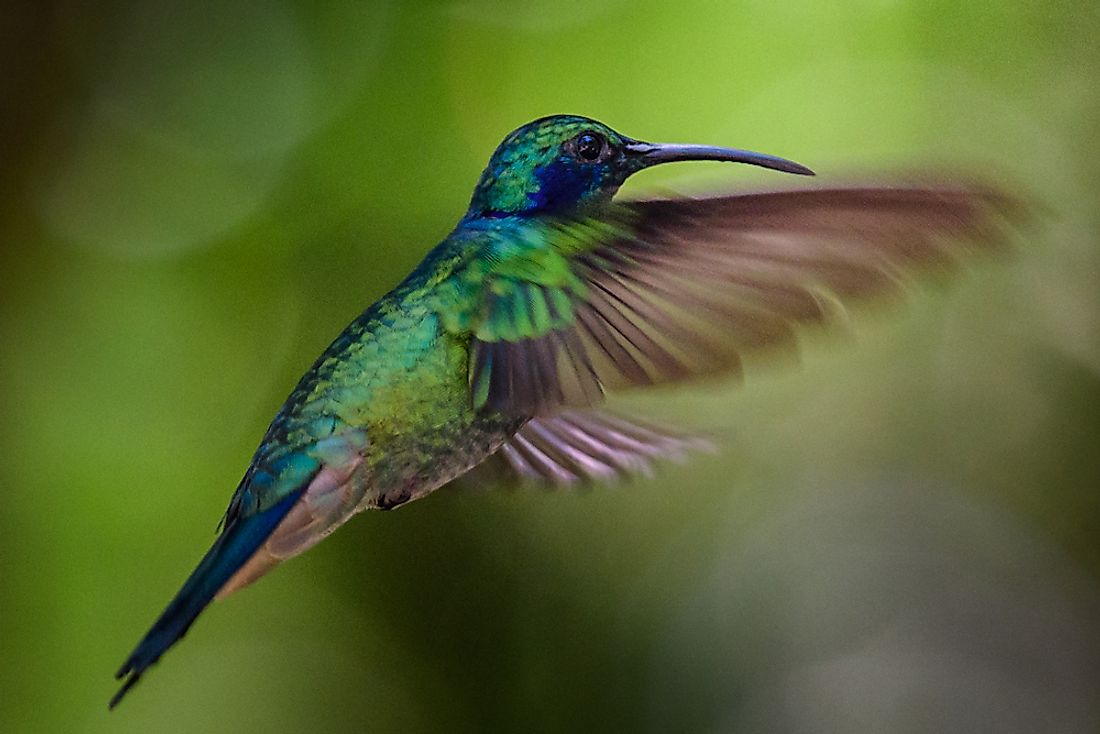
Hummingbirds are the smallest of the bird species. There are about 300 known species of the hummingbird but only a handful migrate. The hummingbirds of North America migrate seasonally between the southern wintering grounds and the northern breeding grounds. These birds do not migrate in a flock but instead migrate individually. They move and feed during the day and rest during the night.
3. Canada goose
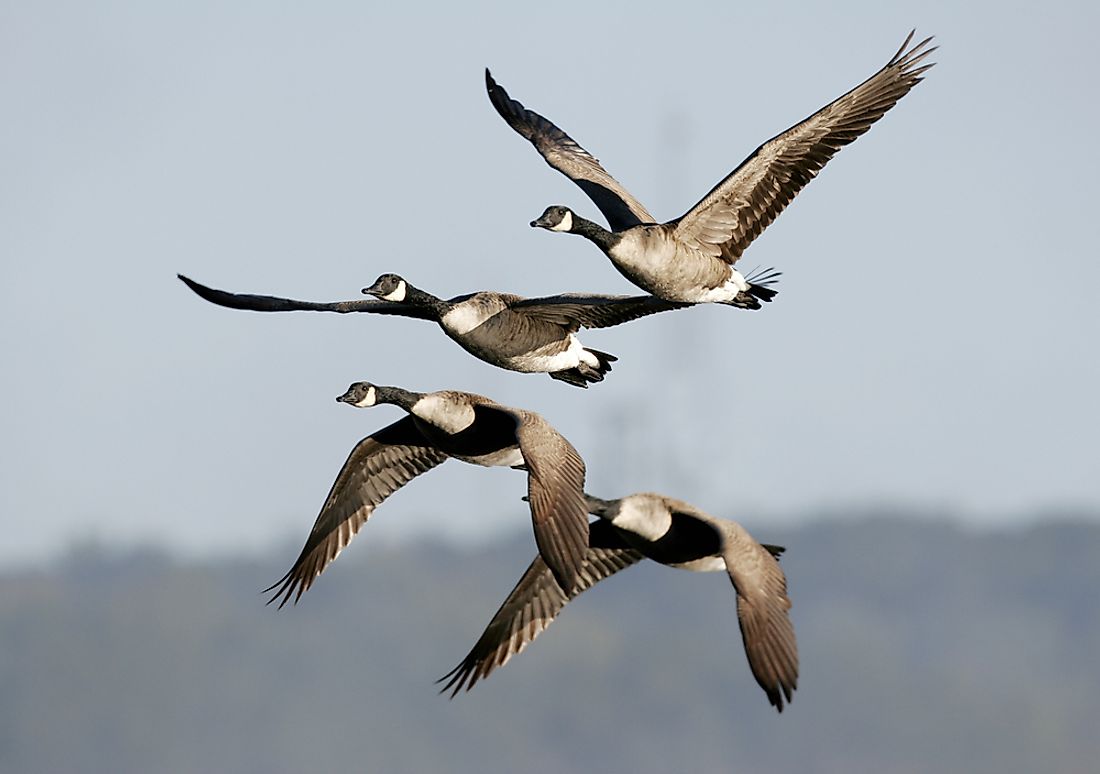
Canada geese inhabit the North American continent except the Arctic and the extreme southern edge of the US, and Mexico. The North Atlantic population is known to extend it breeding range to western Greenland. They migrate to every corner of the continent as long as they find open water and food. A large population of the birds migrates to southern United States and northern Mexico.
2. Pronghorn
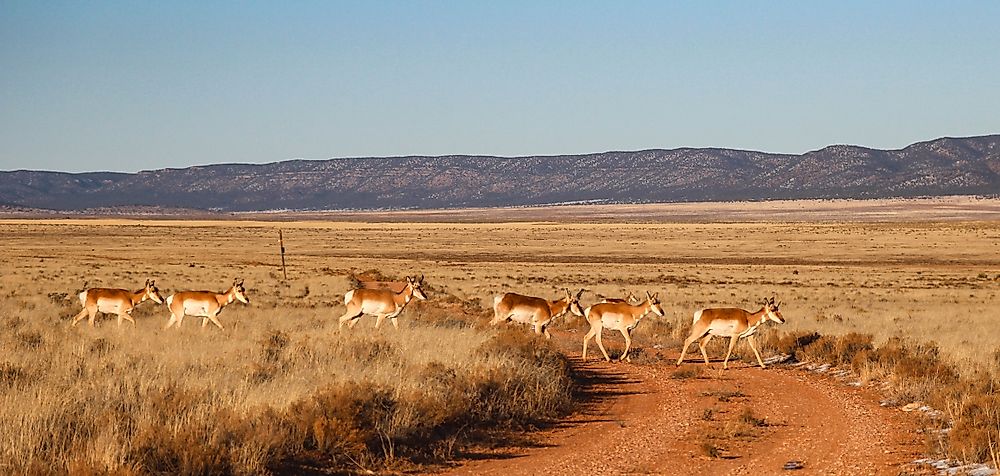
Pronghorn are the fastest land animals in America. They also have the longest migration cycle in the continental US. They are not as fast as the cheetah but can maintain a consistent speed longer than the fastest land animal. In early spring, the pronghorns begin their journey north from the upper Green River valley in Wyoming. They are joined by other animals, and more pronghorns as the entourage snake its way along the Colorado and Snake River systems. By the time they arrive at their destination in Grand Teton National Park and Jackson Hole 150 miles away, the number has risen about 250,000.
1. Snow goose
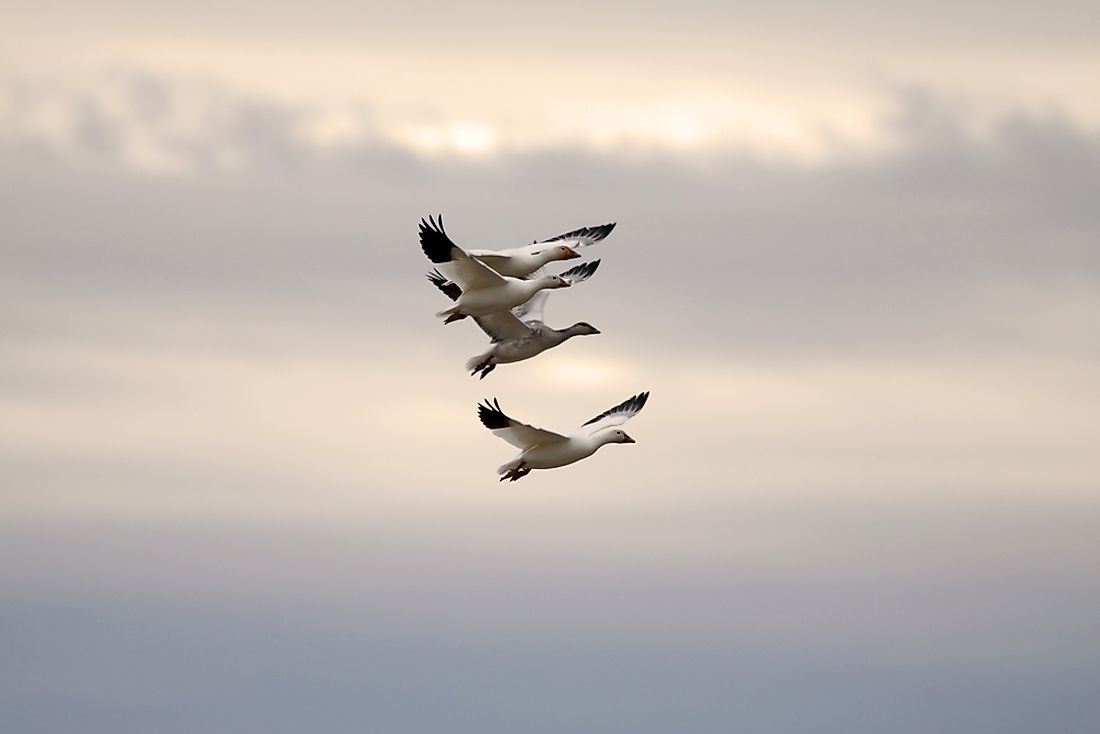
The snow geese migrate due to the changing seasons. During winter they fly southwards in a “V” formation or as a snowstorm of white birds. They spend the winter in the southern coastal marshes of California, Texas, and northern Mexico where they feed on grass and grains. After the winter, they begin their journey back north.











